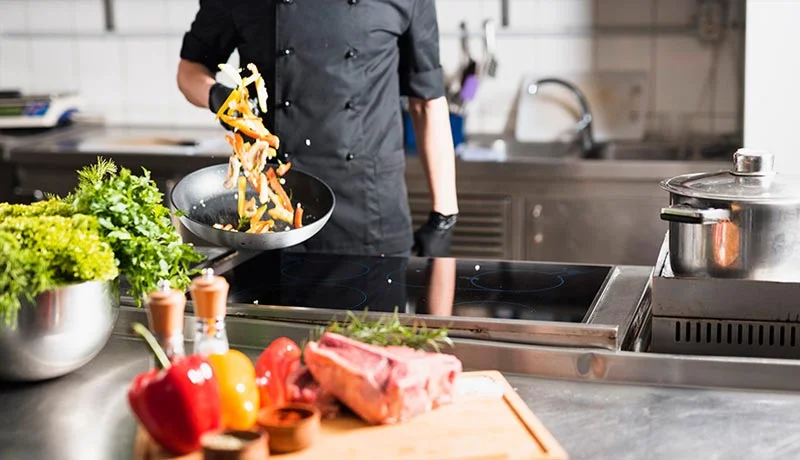14 March 2025, Fri |
7:24 PM

Cloud computing has become a standard way to store photos, stream movies, and even manage a business. In fact, more and more often, we’re ordering our meals from there, whether we realize it or not. Welcome to the new world of cloud kitchens. Restaurants, traditional food business models, and companies that produce food specifically for delivery have all been threatened by high startup costs, burdensome regulations, and now COVID-19. Sometimes referred to as ghost kitchens, shared kitchens, or virtual kitchens, these commissary kitchens are used by delivery-only food brands that are referred to as virtual restaurants.
A cloud kitchen is a food business model that provides facilities and services needed to prepare menu items for delivery and takeout. The cloud kitchen allows food businesses to create and distribute food products at low cost without the large overhead of traditional brick-and-mortar locations.
To begin with, you must determine which type of cloud kitchen you intend to create since there are several varieties some of them include:
Cloud kitchens are most distinguished by their property and location as compared to traditional restaurants. In order to run a cloud kitchen, you don’t need a prime location with a lot of foot traffic. Rather, it can be set up very easily in an area of 250 to 300 square feet since there is no frontage. It reduces the cost of opening a cloud kitchen since no interiors or furniture are needed. It is also possible to share a kitchen space, which would cut down on the initial investment.
Obtaining the right licenses and certifications is essential for opening a cloud kitchen for several reasons including legality.
Depending on what type of cuisine you are serving, you will need completely different kitchen equipment. Cloud kitchens require basic equipment such as a stove, oven, refrigerator, counters for cutting, knives, etc.
With no Front of House, you won’t need a lot of staff in the cloud kitchen. A few would work out fine
Your cloud-based kitchen business must generate online orders after you’ve set up the kitchen and hired the staff. The cloud kitchen does not have a dine-in option, so it is important to invest in advertising your food delivery brand, at least initially. Online marketing becomes increasingly important in the absence of a storefront with display boards and signages. This includes social media advertising, SEO, email marketing, loyalty programs etc.
The technology is crucial to cloud kitchens, since food aggregators, websites, and mobile apps are generally used to generate orders. For accepting orders online and making operations easier, a cloud kitchen needs an online integrated restaurant ordering system.
Both new and established brands of restaurants are turning to cloud kitchens to start or scale their restaurant operations. Cloud kitchens offer a number of opportunities for both restaurateurs and aggregators, as well as a number of spin-off businesses that are flourishing in the FnB industry.

This story is attributed to Omar Abdulla, Content Developer at TECHx Omar Abdulla is a university student with a passion for business, artificial intelligence, and technology. He is also knowledgeable about digital marketing, content creation, financial management, and coding. Omar is a team player, an active thinker, and an open-minded guy who approaches work with a problem-solving attitude. He possesses technical skills in programming and design.